1.webp)
On Celine Lee’s “Through”
Plato’s anxiety about the cave wasn’t just about the morbid reality of being a prisoner in a world of shadows.
Himself an ancient overthinker, his greater fear was that the enlightened would be punished by those who know no better. “Father, forgive them; for they know not what they do,” the Christ would later say on the cross. (Was he taught Plato?)
Plato had less of a soft spot for the cave dwellers. He predicted that the unshackled’s return to the cave will not result in an enlightenment epidemic, but a rejection of truth.
The allegory of the cave is, in this sense, a meta-simulation. The first simulation is the Platonic conjecture of a two-dimensional nonreality. The other simulation is the thought experiment itself, where Plato runs the code: What if…?
Celine Lee’s body of work on Aida cloth, similarly, begins with a first simulation, rendered in a digital 3D creation suite, with a toolset that can illustrate physics dynamics. And a second simulacrum: needlework.
We begin with the cave and its shadows because Lee’s oeuvre, across various nodes, tends to implicitly speculate on questions of the real and the pervasiveness of illusions.
The earliest Aida works were experiments on depicting the fabric of spacetime, a largely uncontroversial notion since Einstein. But the drama in the work is not so much about this so-called reality’s caprices, but how there is, in fact, a reality at all — specifically one that has a structure, an ontological geometry.
Lee’s practice thus far has been both a questioning and appropriation of foundations. Her work comes with a nudge to be vigilant about the surface of depth, and the depth of surface.
In the solo presentation “Through”, a sequence of 12 panels that stretch across a curved panorama, does the foundation itself quiver?
Is it a conscious body that sinks and squirms? From pain? If so, what is the affliction of reality? Why is it sick?
Is it a body that bends and undulates, like a dance? And if it were a dance, is it an act of joy? If it is, indeed, expression, then what of?
Or is it, itself, incapable of moving, and is moved by something other?
A Leonard Cohen anthem comes to mind. But remember when I moved in you / And the holy dove was moving too? And Jeff Buckley sang it, too. And every breath we drew was Hallelujah.
Is it the holy ghost? Or a ghost, less holy?
Whatever the thing is, the crux in this enquiry is perhaps thingness itself. In “Through” and elsewhere in Lee’s vocabulary, movement doesn’t stop in the text, but the text itself moves. This movement is the transfiguration of thingness through material, which, here, are fabric and thread.
Yet unlike previous iterations within the Aida project, such as the immobilized wireframe in renditions of mountainous terrain, for example, “Through”, in contrast, now moves with a conspicuously emancipatory intent.
It is not difficult to unravel the lucidity of the rhythm of the surface here, whether one chooses to imagine the movement as one fell swoop of a swoosh or, alternatively, a lumbering, crawling drawl.
But consider, too, the rhythm embedded (sewn, if you will) in its making. It is not without evident parallel that Lee’s surface geometry, in the uniformity of the wireframe’s intersecting axes on the open weave fabric, requires of its maker a rhythmic efficiency.
Observing the maker’s precision, one might describe the process as mechanical. The artist as glorified automaton. Another, with different eyes, perhaps observing focus and stamina, will describe it as familiar, tender, and all too human.
Additionally, there is something here to be said about the ethos of draftmanship. The Aida works are, in one respect, large line drawings. Consider how the outline is the grammar of peripheries.
In the grand painting tradition, the old master would sketch studies for dynamic heads, which might later become saints or personifications of virtue. The aim was to establish how the subtle tilt of a head could point not yet to the nuances or fine print of emotion, but a more physical scaffold, a choreographic turn, for that emotion to be made possible in figuration.
Until, in the master’s mind’s eye, the emotion is true. Without yet paint for the skin, whether it’s for skin to bruise or for it to be kissed by the sun, these were the base sketches for agony and ecstasy.
Again, the aim was not to eschew emotion and dismiss sensitivity, but to make-robust and make-legible, in a few lines, their groundedness in an otherwise physical plane.
Emotion was never the lingua franca in Lee’s catalog. Her conversation with her viewer is neither provocation nor argument. But there is sensitivity in the surface’s callousness, a silence. And in the silence, a sharing in the knowing.
The knowing here is not of certainty as such, but a shared pact in allowing. To say: To let things be. To let things move. To see what comes through.
—JED GREGORIO
About the Artist
About the Artists
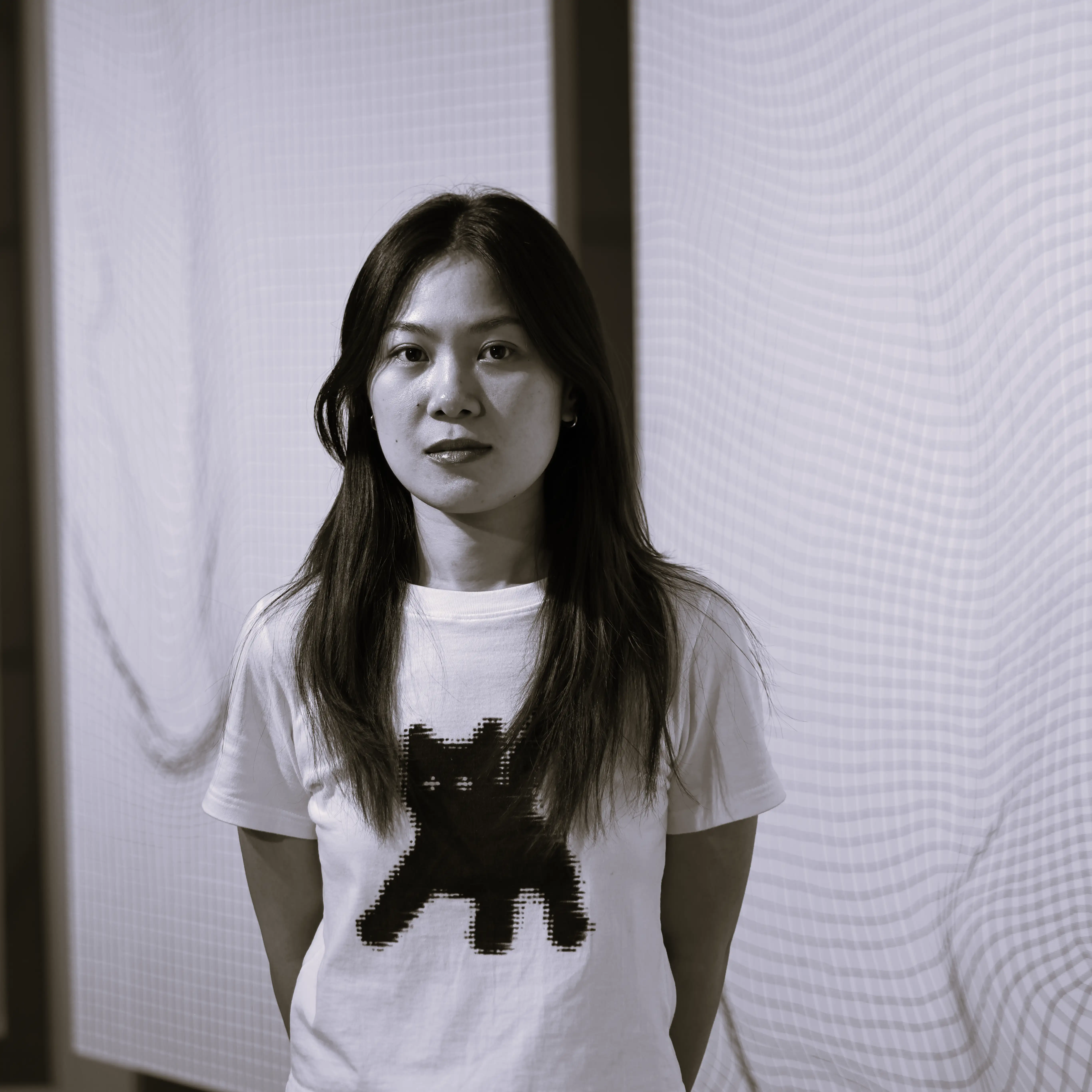
Celine Lee (b. 1993, Philippines) is a visual artist based in Metro Manila.
With an interest in understanding the underlying structures that govern our world, Lee’s practice integrates the natural sciences to explore the metaphysical aspects of our contemporary human experience. This exploration is characterized by her diverse use of materials and media in her body of work including painting, sculpture, embroidery, installation, and multimedia works – focusing on process and materiality. Lee’s practice reflects on the potential of visual and spatial experiences to suggest meanings that extend beyond their form.
Two of Celine Lee’s solo exhibitions held in the Philippines, “The Brightest Part” and “The Length and Breadth of Depth” have been shortlisted in the 2023 and 2021 Ateneo Art Awards Fernando Zóbel Prizes for Visual Art, respectively. She received an award of merit in the 2020 Philippine Art Awards and participated in S.E.A Focus 2023 in Singapore.
Celine Lee graduated from the University of Santo Tomas in 2015 with a BFA degree, majoring in Painting.
Related Exhibitions
About the Artists
About the Artist
Celine Lee (b. 1993, Philippines) is a visual artist based in Metro Manila.
With an interest in understanding the underlying structures that govern our world, Lee’s practice integrates the natural sciences to explore the metaphysical aspects of our contemporary human experience. This exploration is characterized by her diverse use of materials and media in her body of work including painting, sculpture, embroidery, installation, and multimedia works – focusing on process and materiality. Lee’s practice reflects on the potential of visual and spatial experiences to suggest meanings that extend beyond their form.
Two of Celine Lee’s solo exhibitions held in the Philippines, “The Brightest Part” and “The Length and Breadth of Depth” have been shortlisted in the 2023 and 2021 Ateneo Art Awards Fernando Zóbel Prizes for Visual Art, respectively. She received an award of merit in the 2020 Philippine Art Awards and participated in S.E.A Focus 2023 in Singapore.
Celine Lee graduated from the University of Santo Tomas in 2015 with a BFA degree, majoring in Painting.

Related Exhibitions

Share



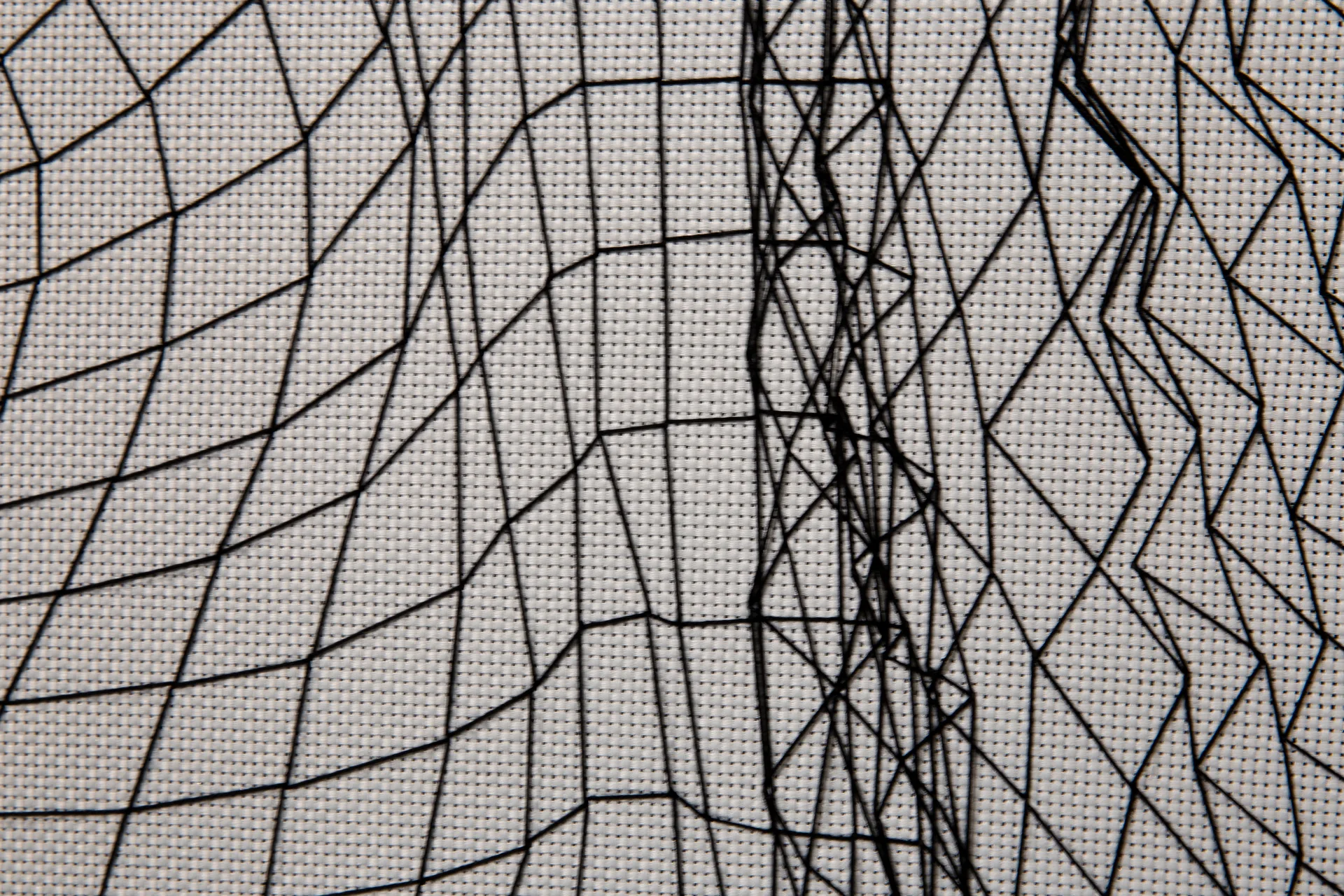
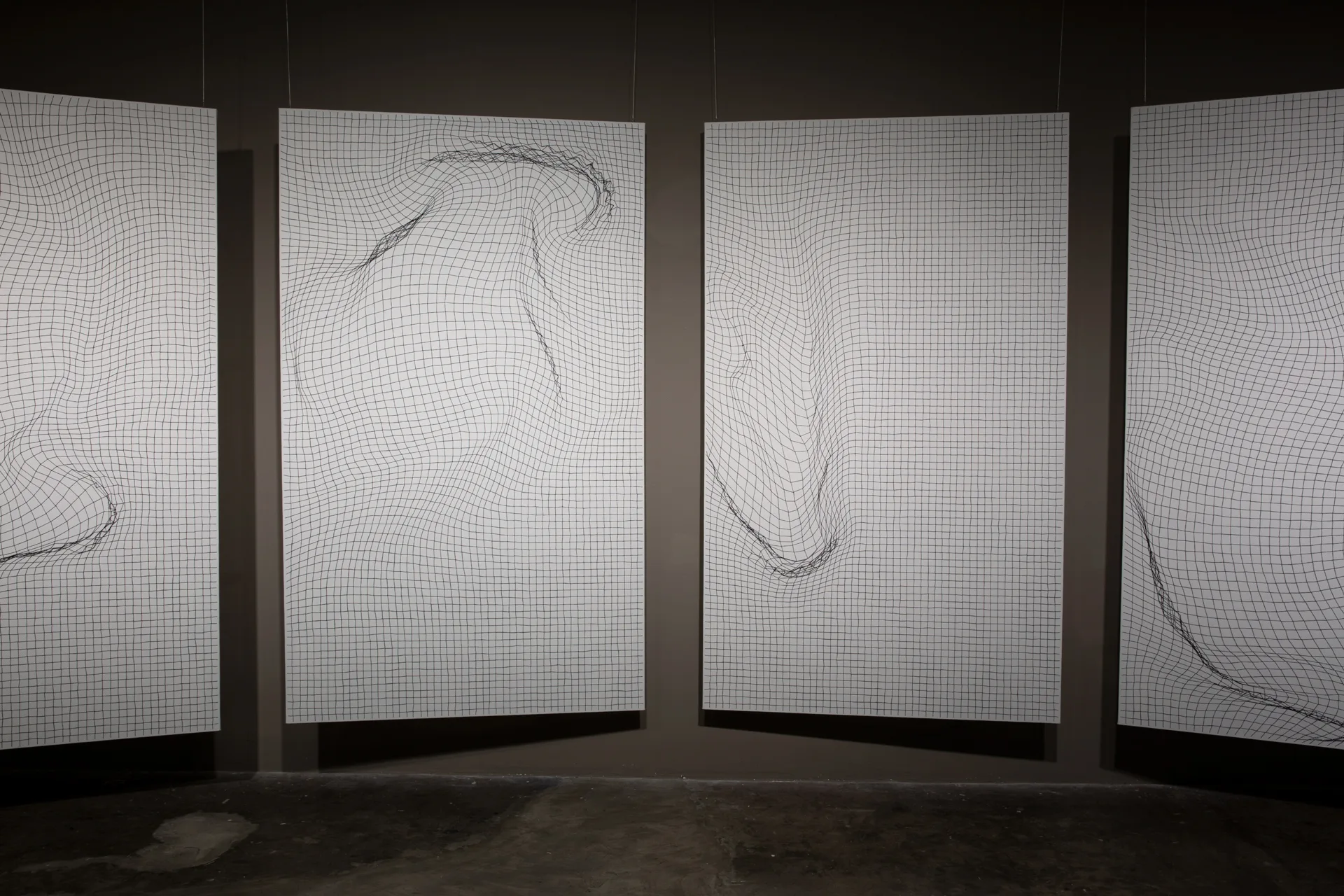
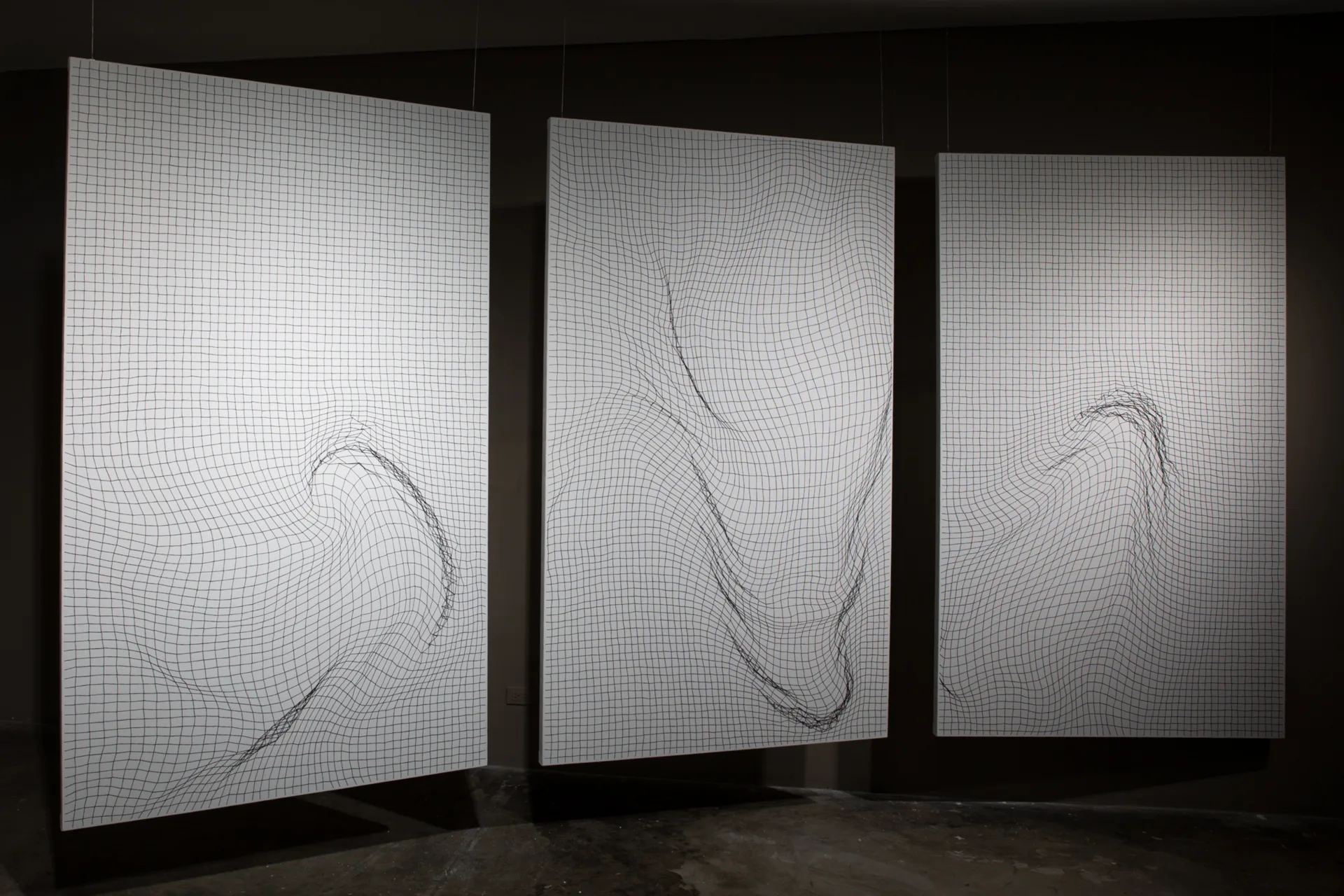
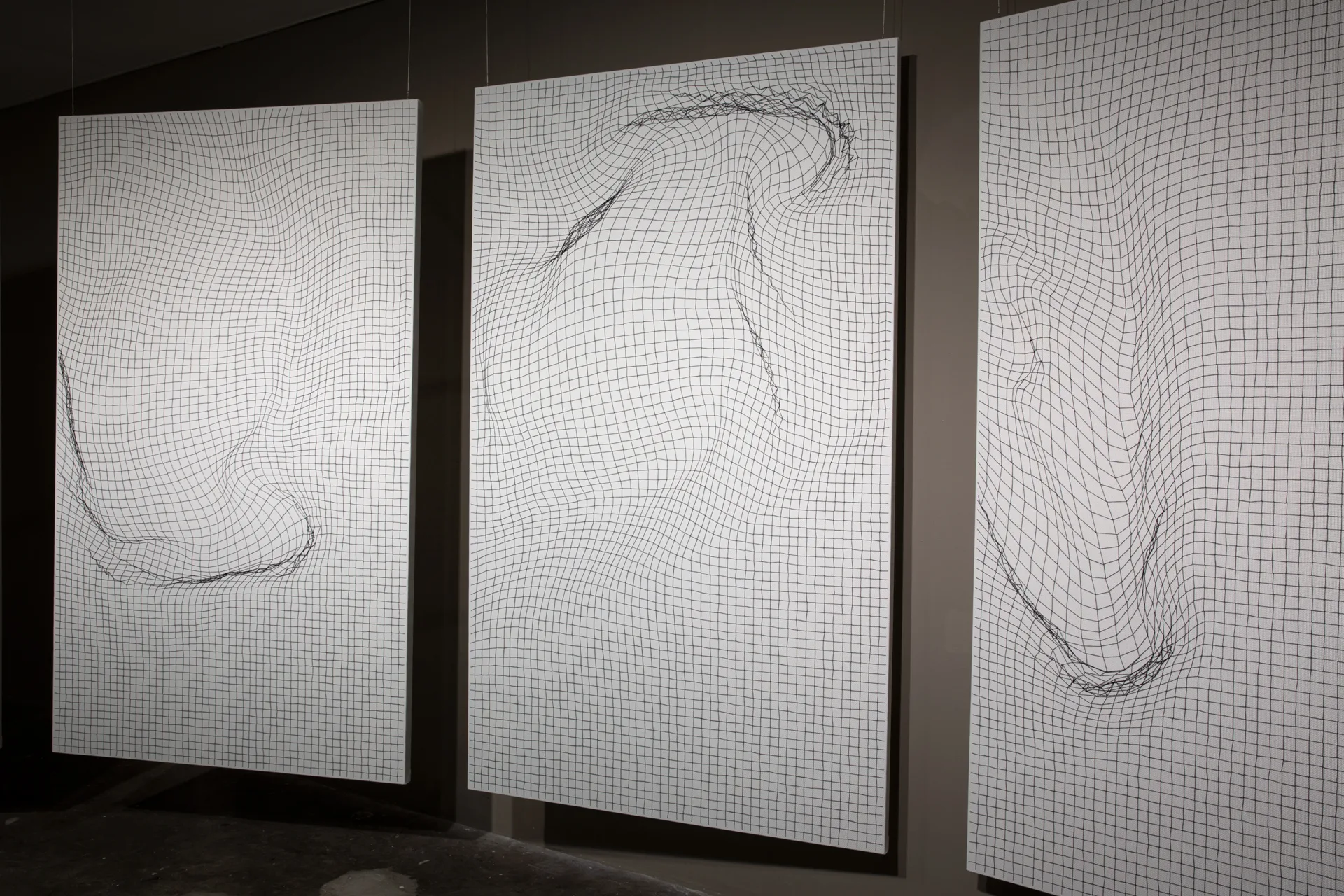
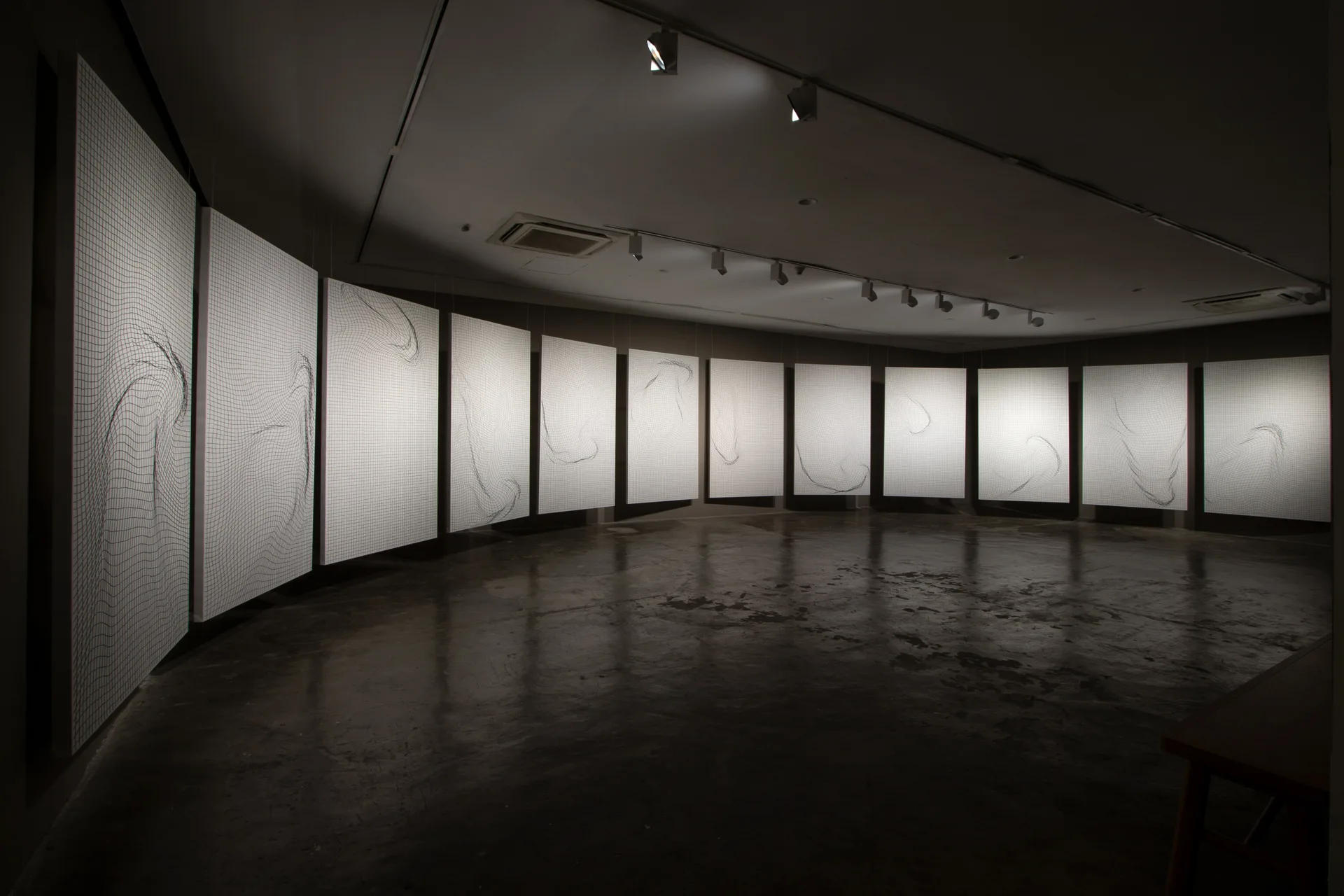
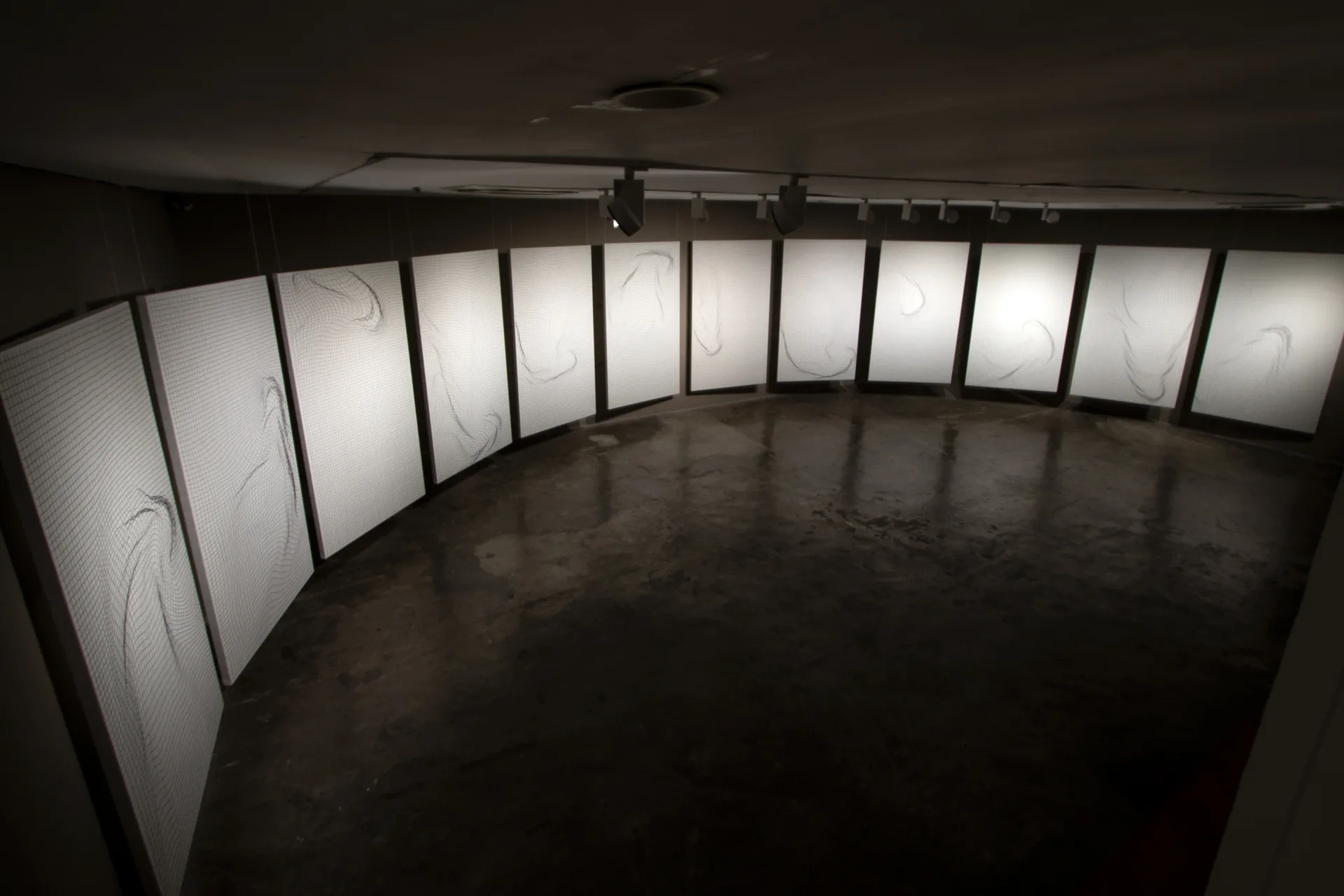
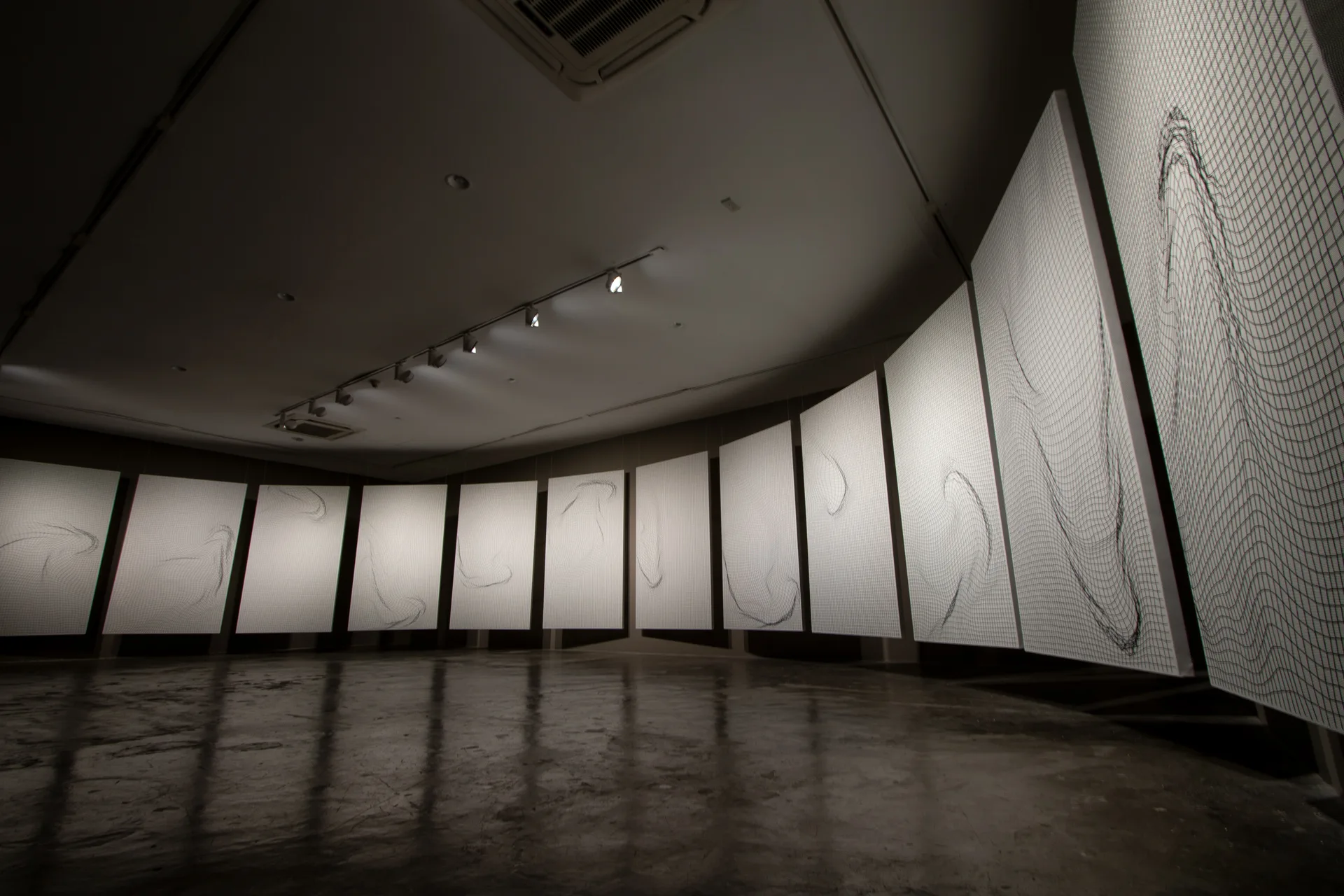

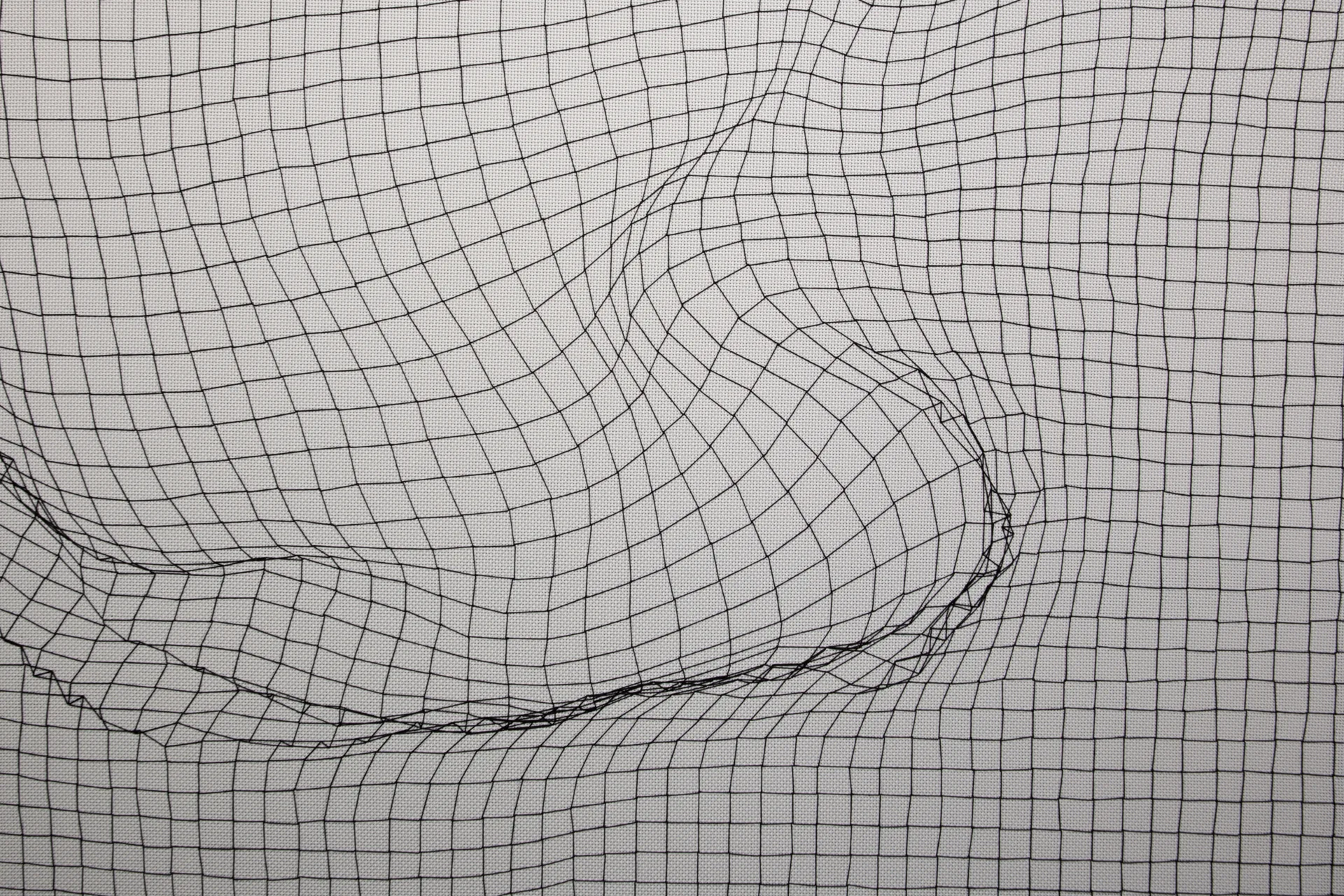

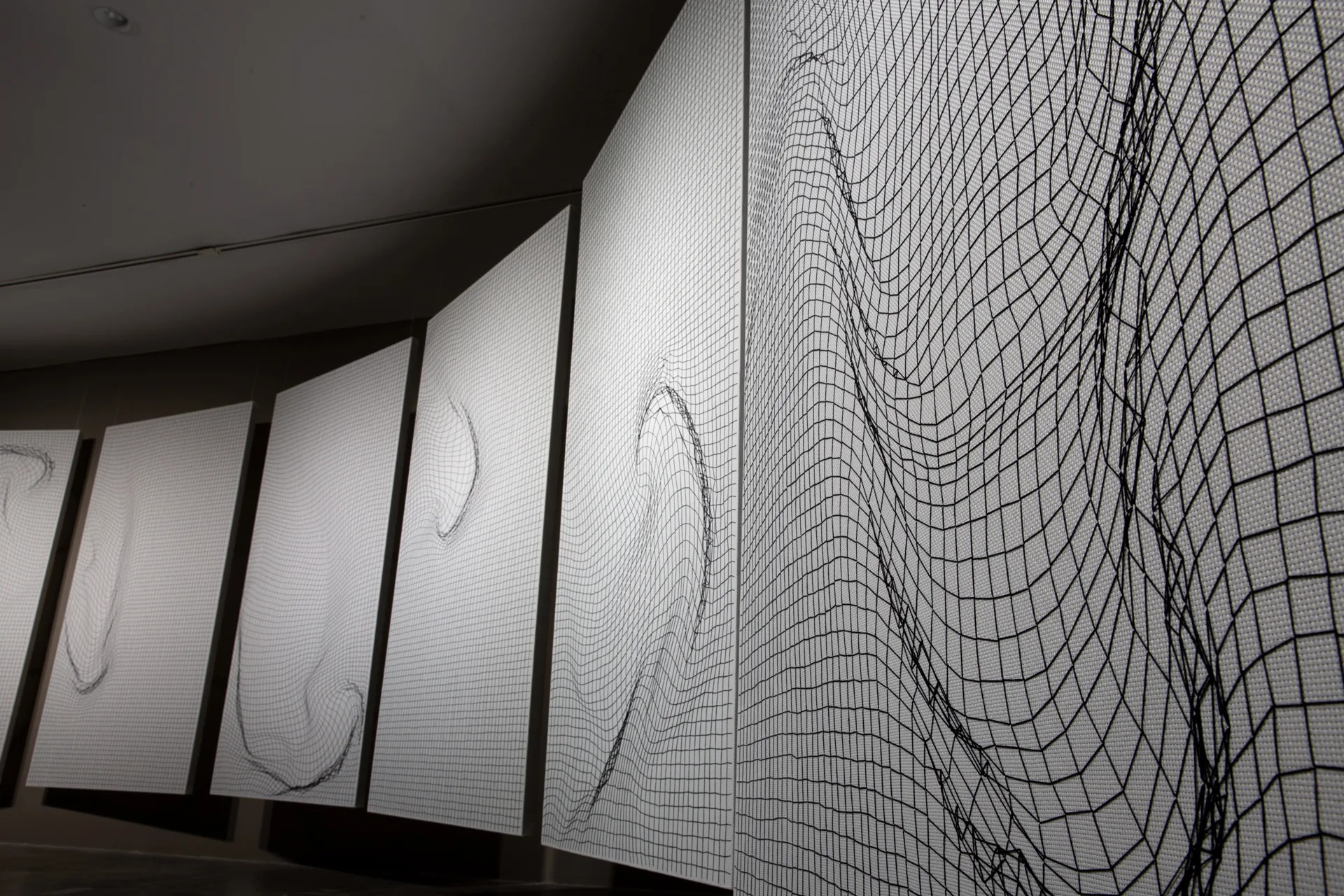
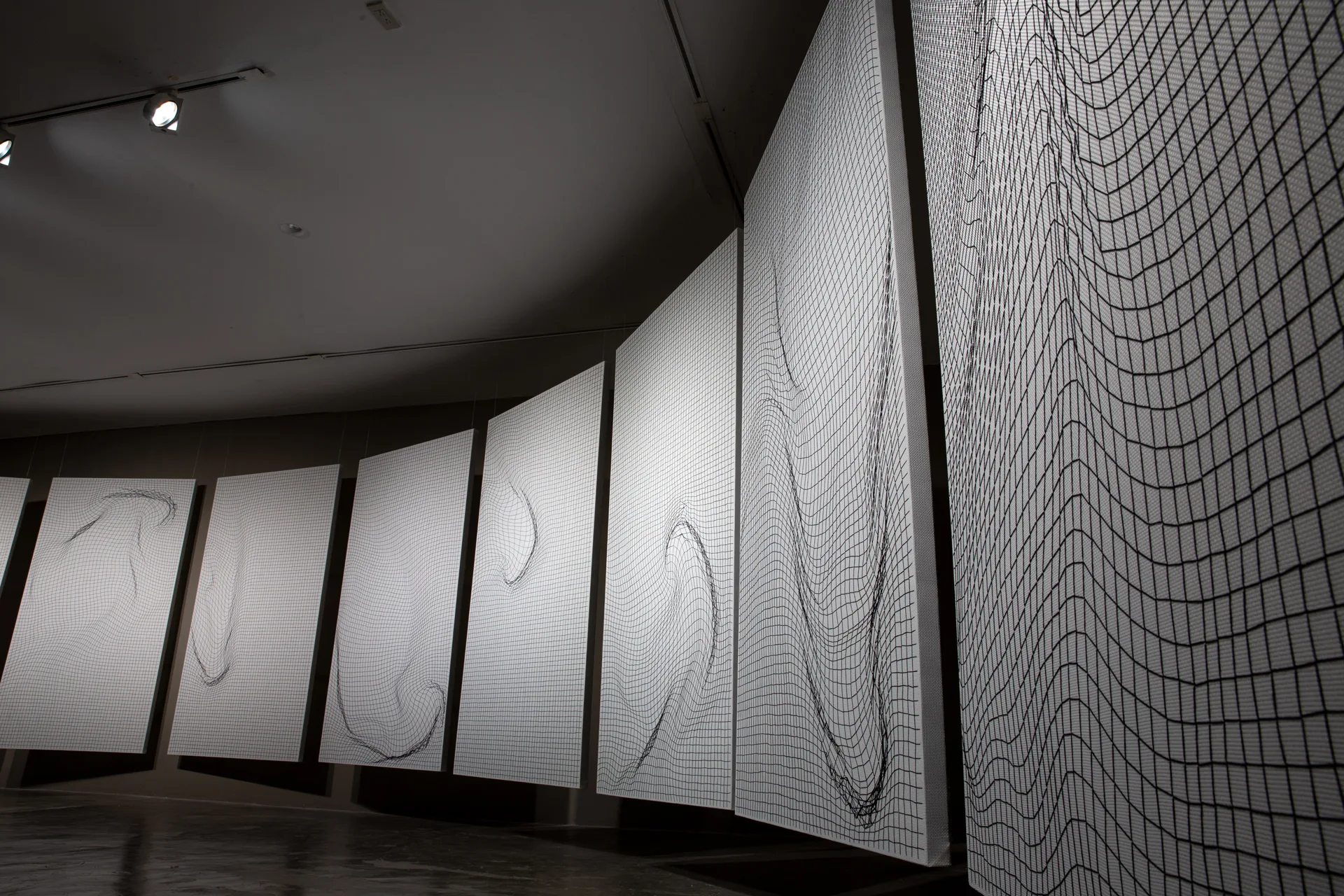
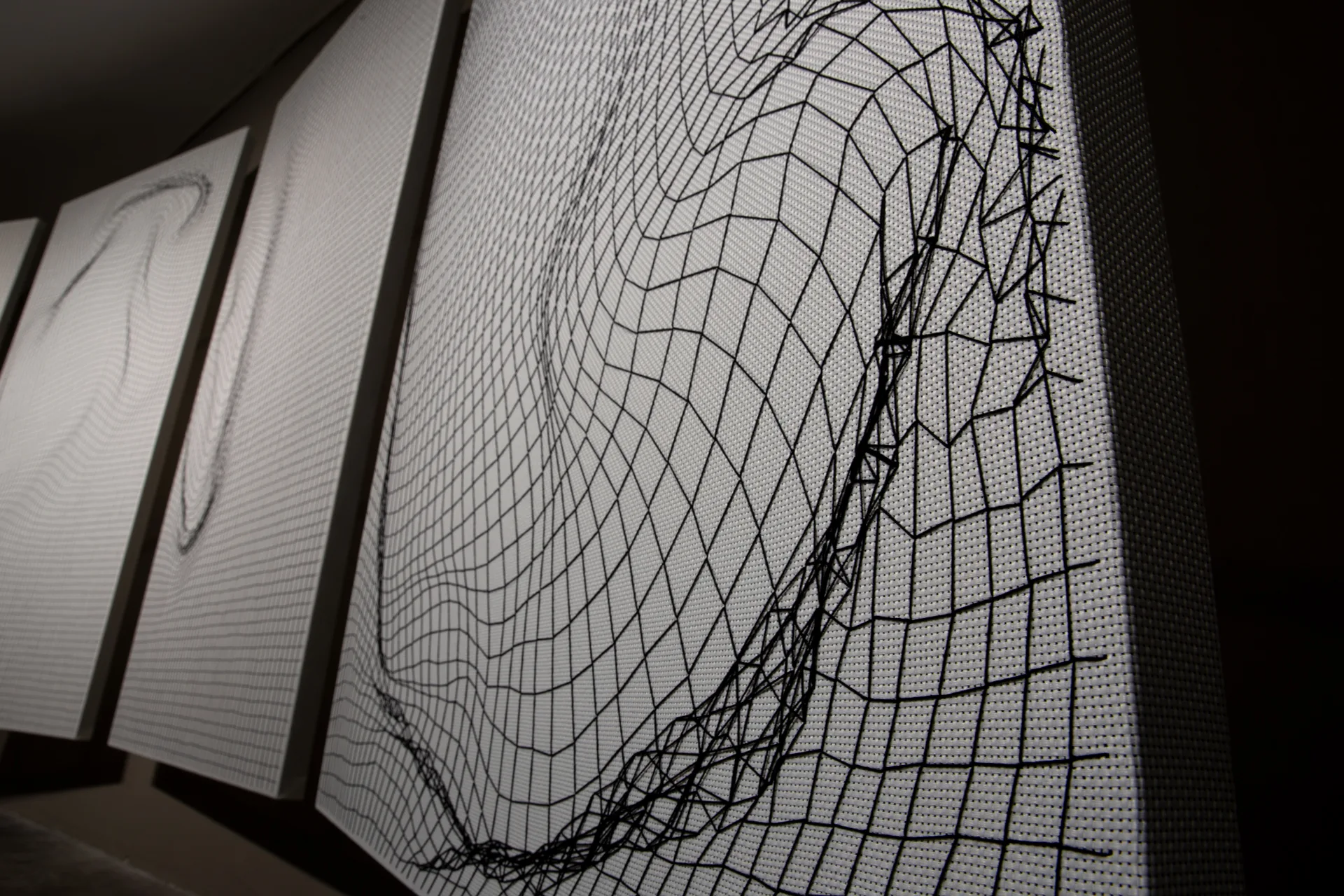
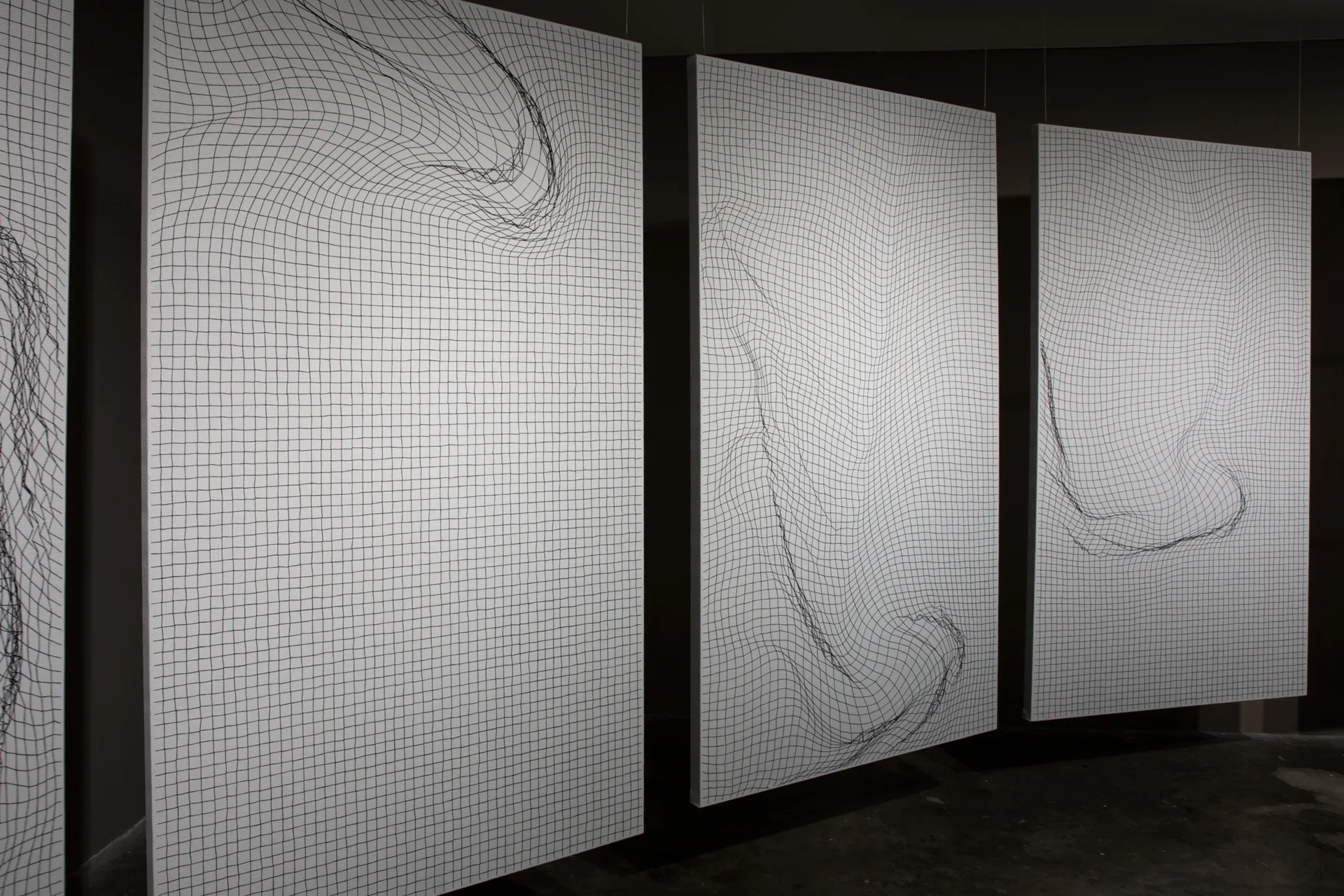
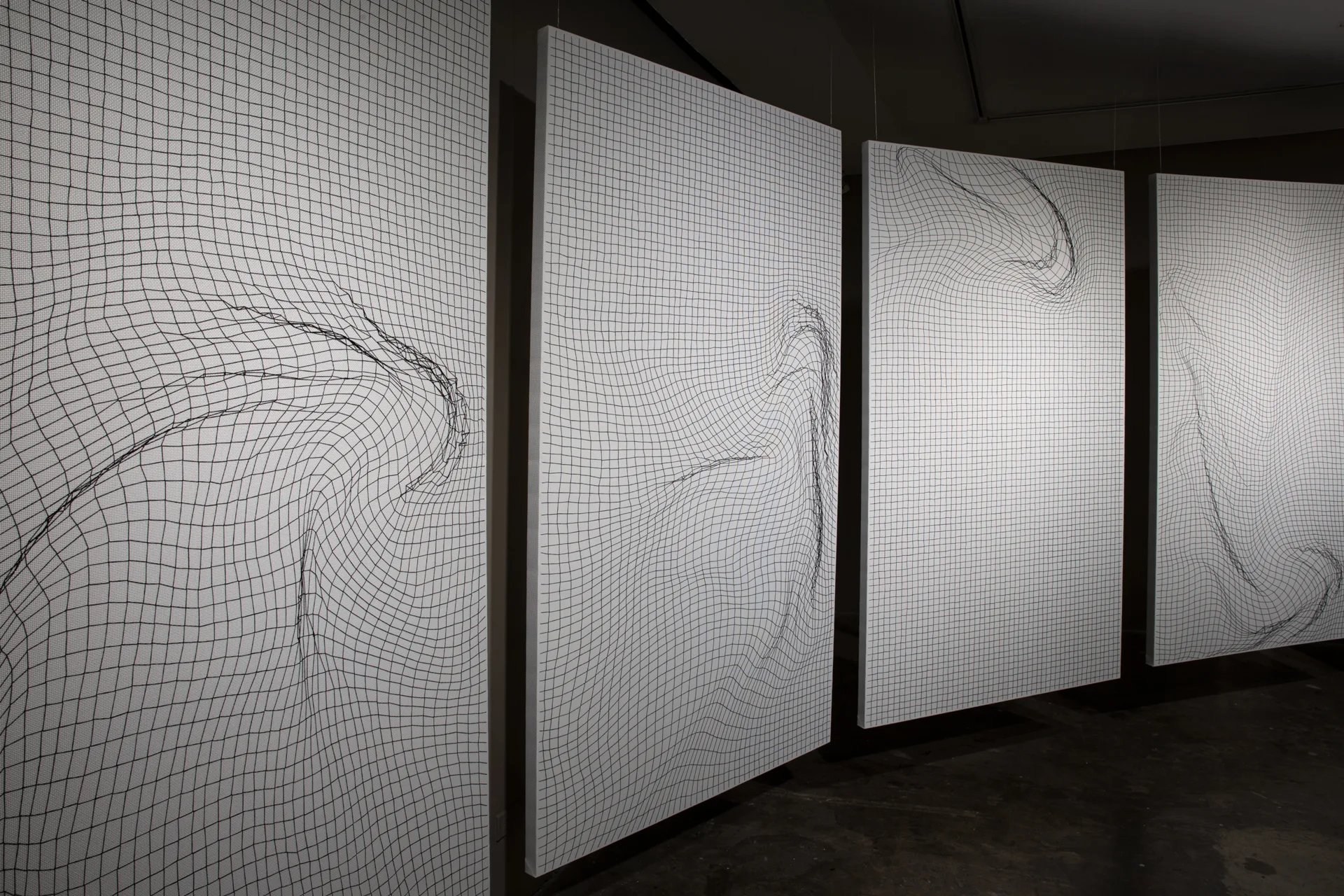
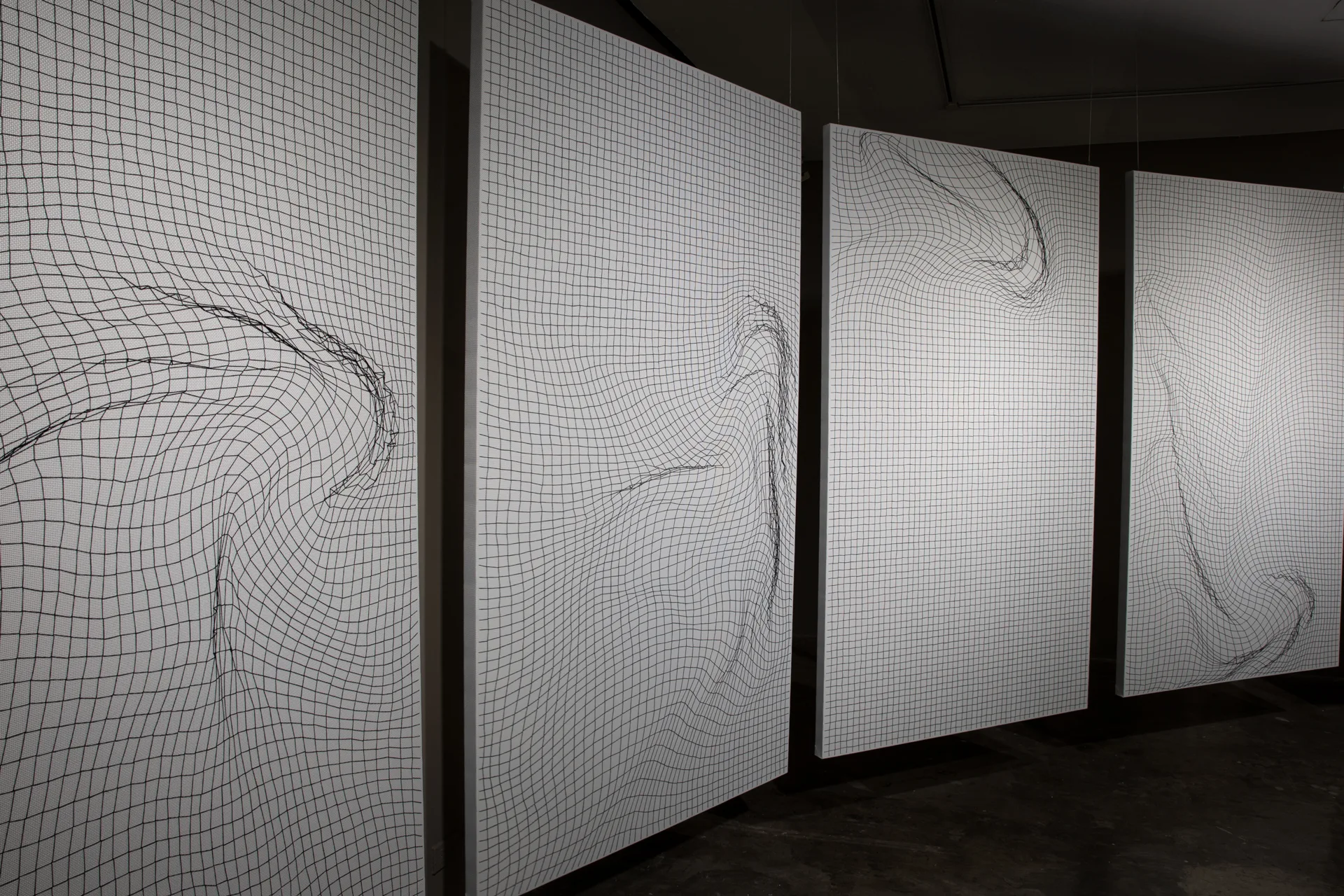
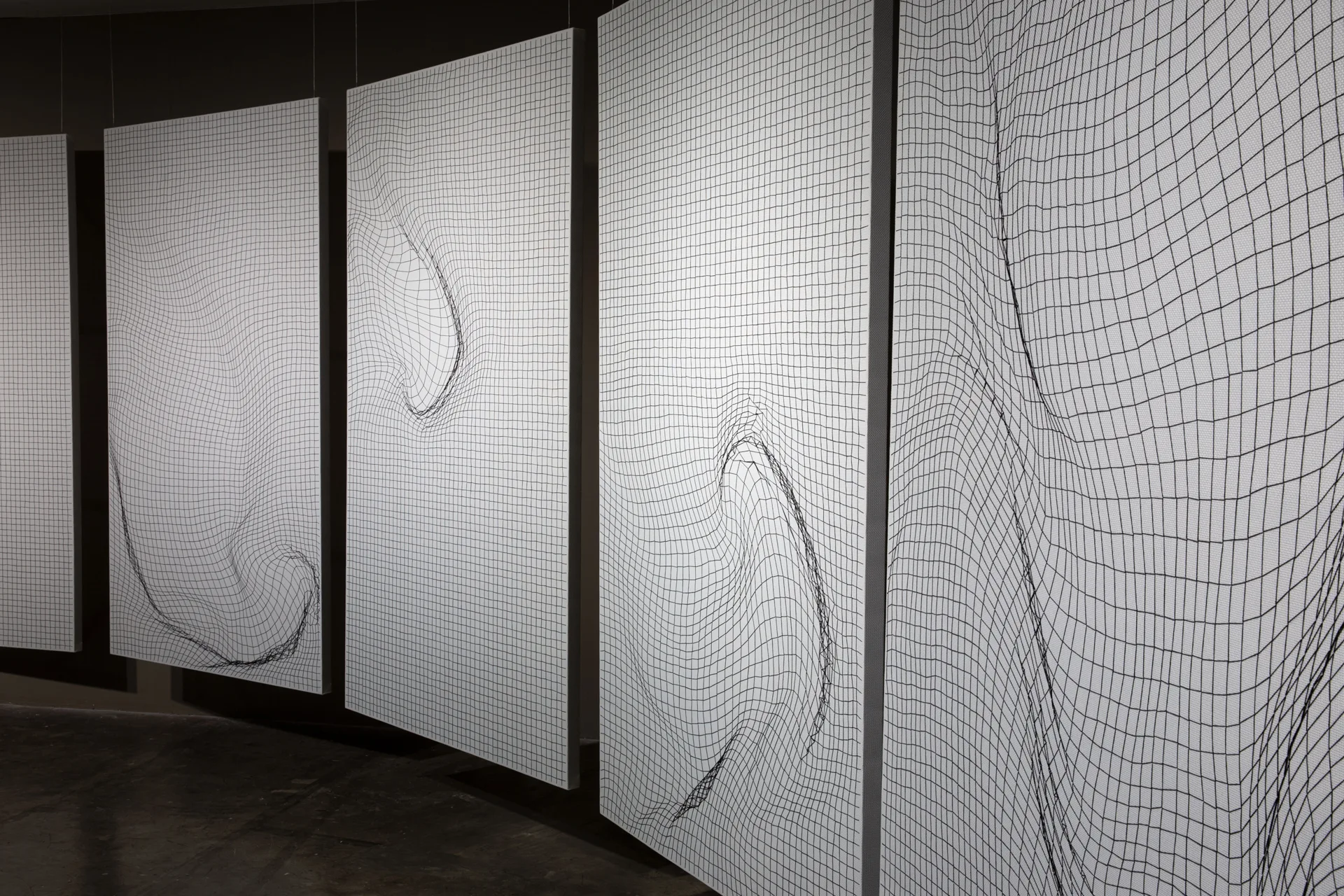
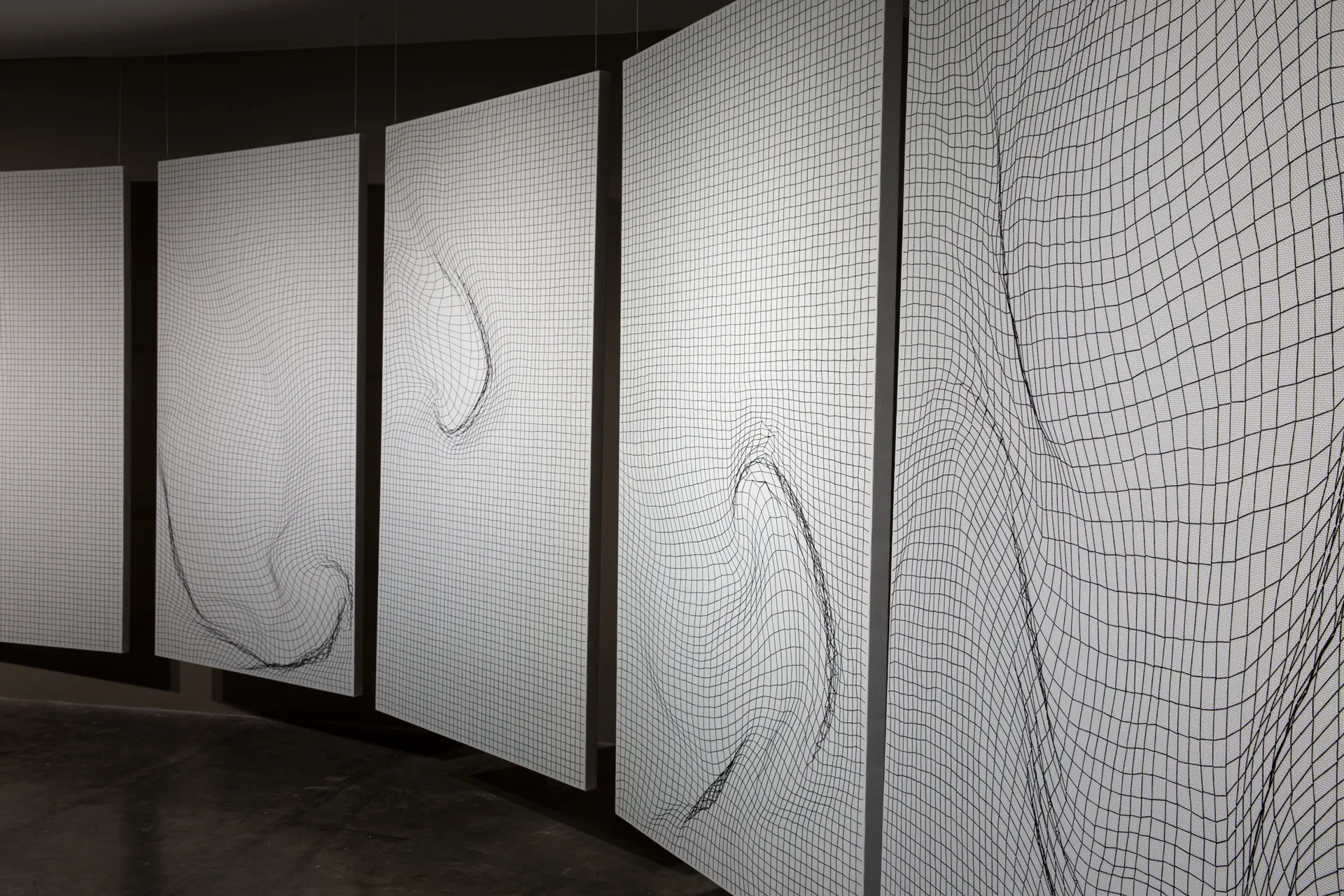
.jpg)
